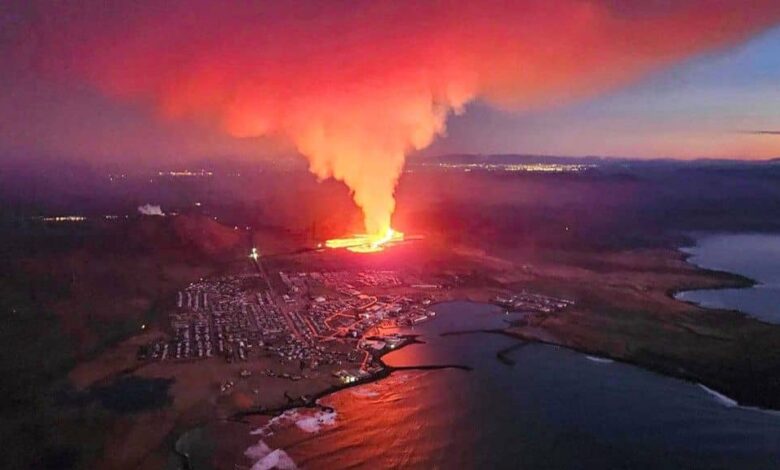
Tourism Shrinks in Iceland as Eruptions and Prices Take Toll.
Iceland’s vital tourism industry is growing slower than anticipated this winter as erupting volcanoes and inflation deter visitors to the Nordic nation. The Icelandic Tourist Board data shows bookings over recent months are around 15% below forecasts. While the sector initially bounced back strongly from the pandemic, seismic activity in southwest Iceland from October has disrupted recovery.
Repeated eruptions near Graeidarbyggd town and Europe’s top thermal spa, Blue Lagoon, have turned headlines negative. “We saw new reservations drop even before the eruptions began in November,” notes Johannes Thor Skulason from the Icelandic Travel Industry Association.
Domestic inflation exceeding 10% and rate hikes to 9.25%—the highest in Western Europe—are also weakening Iceland’s appeal compared to other destinations. “Rising costs put us at a disadvantage when peers elsewhere have lower prices,” mentions Tourist Board chief Arnar Mar Olafsson.
While 2.4 million visitors, a 10% rise, are still targeted for 2022, growth expectations have reduced. Eruptions in remote areas once lured travellers, but proximity to settlements now deters some. With the economy overheating, reining inflation will be key to long-term sustaining tourism’s critical foreign exchange role.



